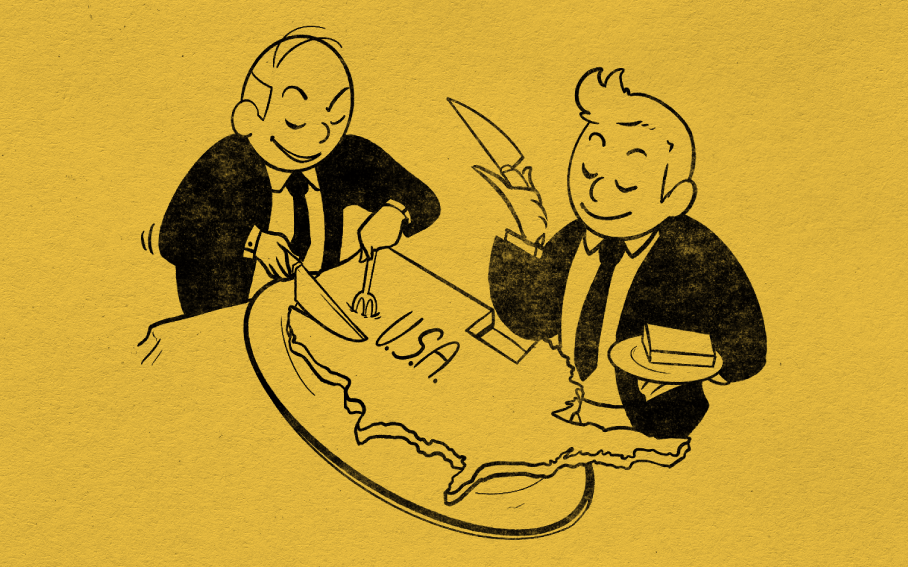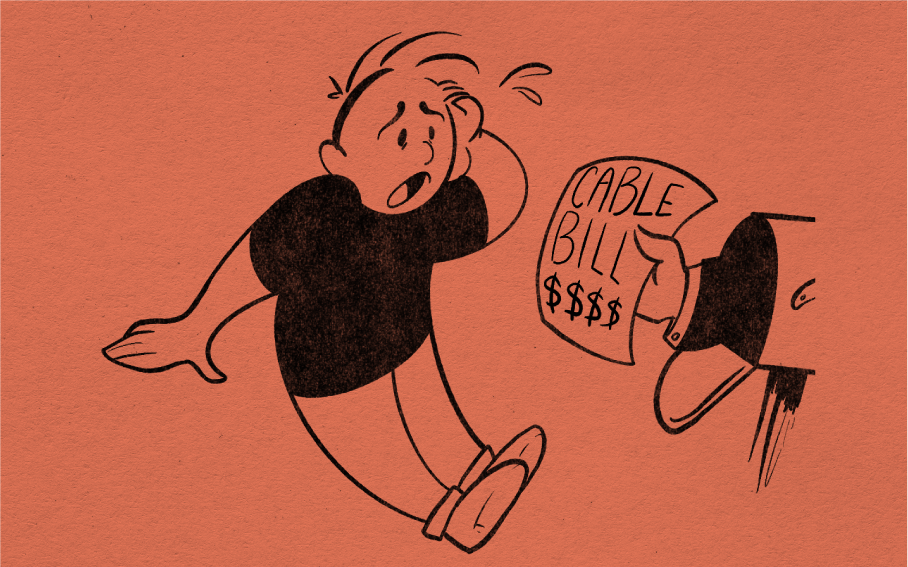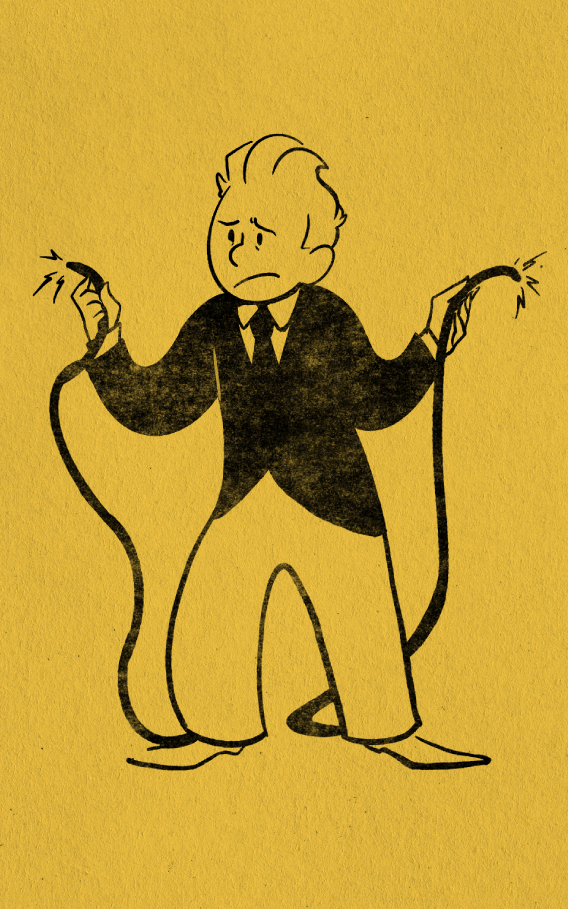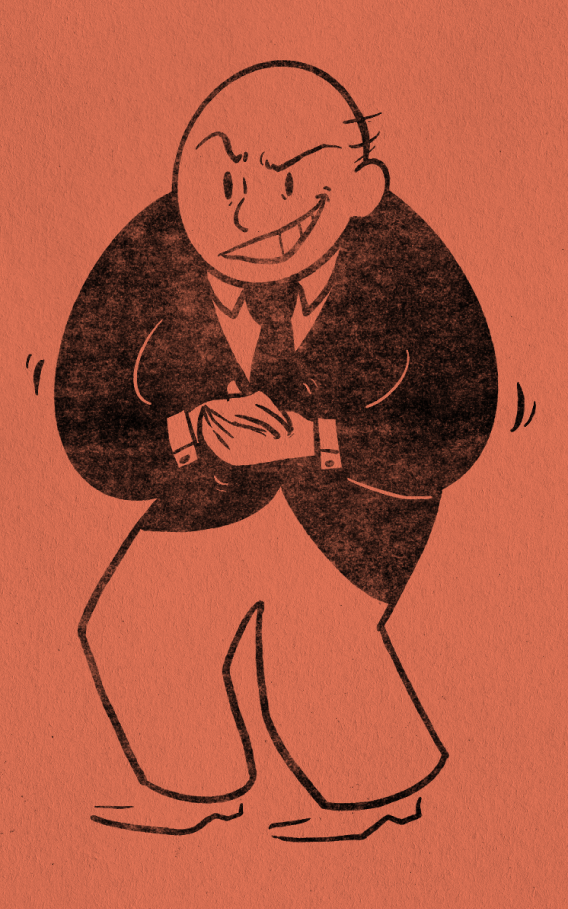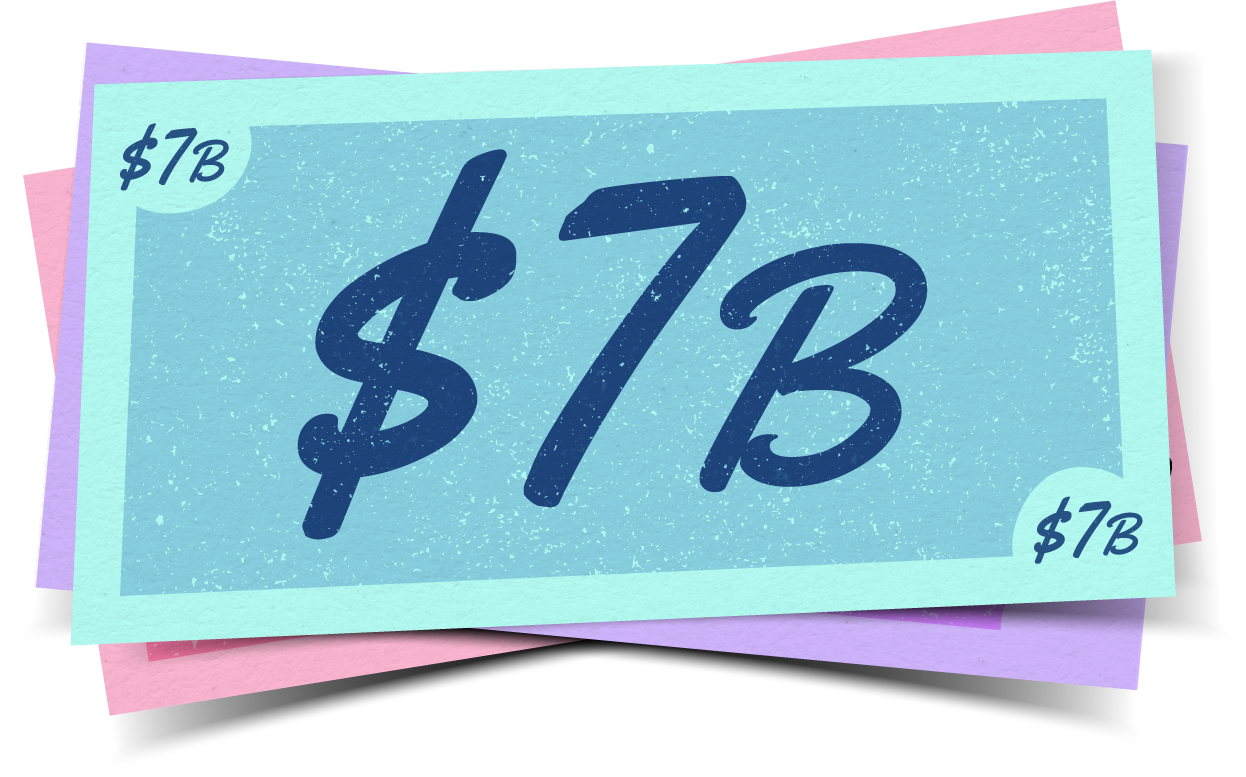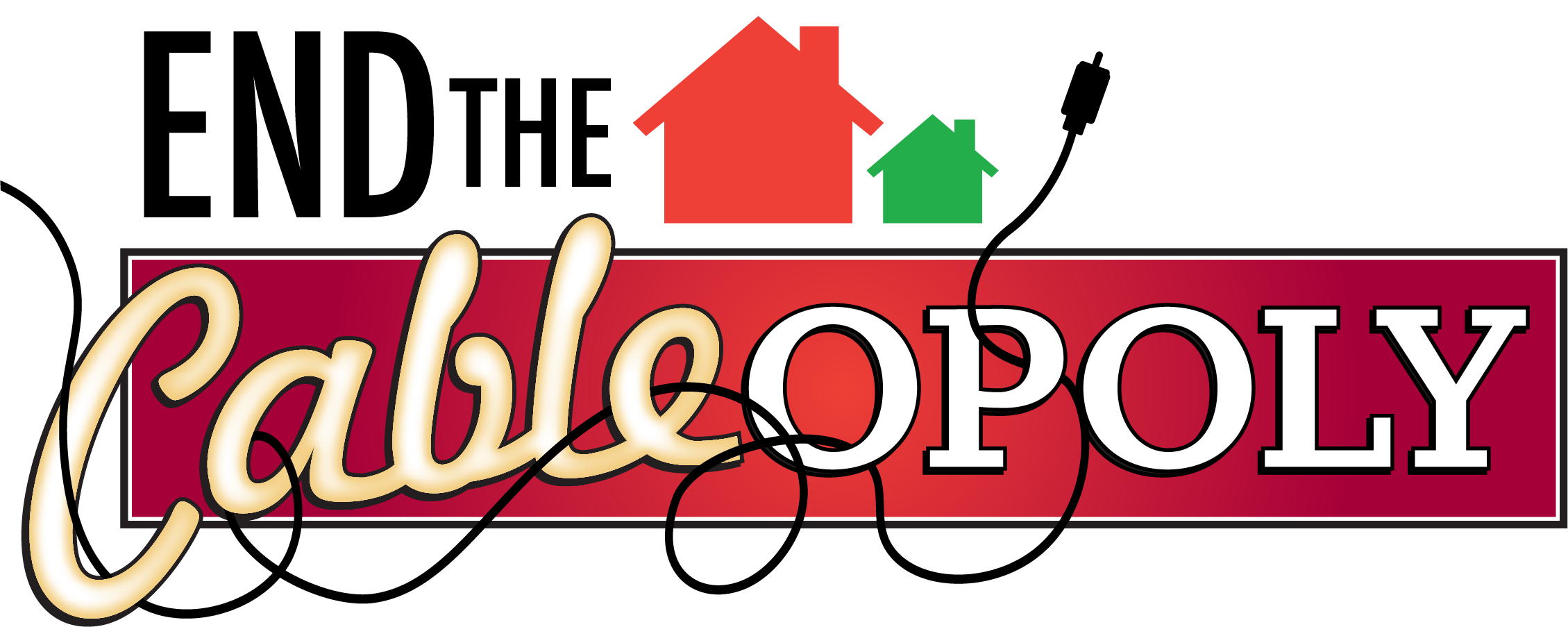
After decades of monopoly operations and profits at the expense of the American consumer, the cable industry is facing real competition. American consumers love the competition and choice from the introduction of 5G Home Broadband and are breaking up with the Cableopoly in record numbers. Every new quarter brings more happy 5G subscribers, while cable’s market share—and Wall Street value—gets smaller by the day. Instead of competing, the Cableopolists have launched a massive influence campaign to starve their competition of the spectrum it needs to expand access to more Americans. That’s the only way a monopolist knows how to play the game.
Read more about how cable is trying to lobby its way out of competition, and join the fight to End Cable’s Broadband Monopoly.
Cable: Monopolist By Design
For decades, Comcast, Charter and other cable companies have avoided real competition and carved up the country into regional monopolies, thanks in part to exclusivity agreements created in the 1970s and 80s with local governments. What’s worse, in doing so, cable just skipped over many rural communities. Cable serves less than half of rural U.S. households today.
Not competing is central to cable’s DNA. The Washington Post summed up one cable company’s unwillingness to build where another cable company offered service as a “non-aggression pact with other cable companies.” This anti-competitive behavior continues today. Comcast and Charter even agreed in writing to never compete against each other’s wireless offering.
And The Cableopolies Hurt American Consumers Every Day
While cable counts their profits from trapped customers, Americans are burdened with poor service that comes with a lack of competition. In survey after survey, 5G comes out far ahead of cable in Net Promoter Score, with consumers eight times more likely to recommend 5G Home Broadband than cable. As one reporter noted, cable “has long provided a master class to any company looking for a lesson on how not to behave when dealing with paying customers.”
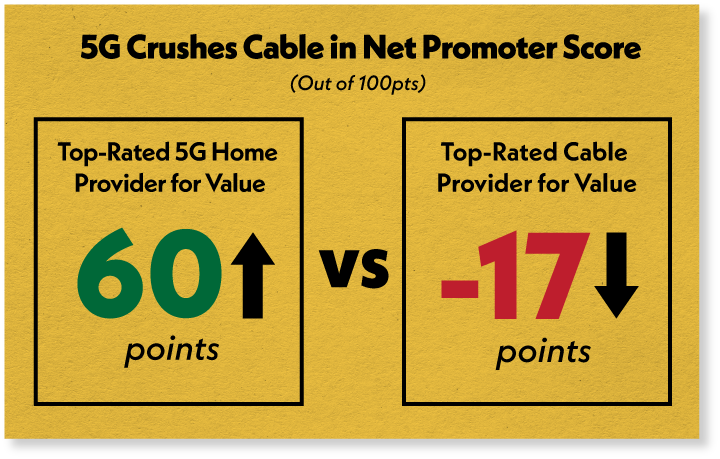
2/3 of cable subscribers do not believe they receive internet service at a “fair cost/good price”
Source: Park Associates survey
“I would tell you that the newer competitor in the last few years has obviously been fixed wireless… they have a pricing construct in terms of simplicity and ease of doing business that has resonated.”
Source: Jason Armstrong, CFO, Comcast, Q1 ’25 Earnings Call
More than half of American households have only one wired broadband option today.
Source: FCC
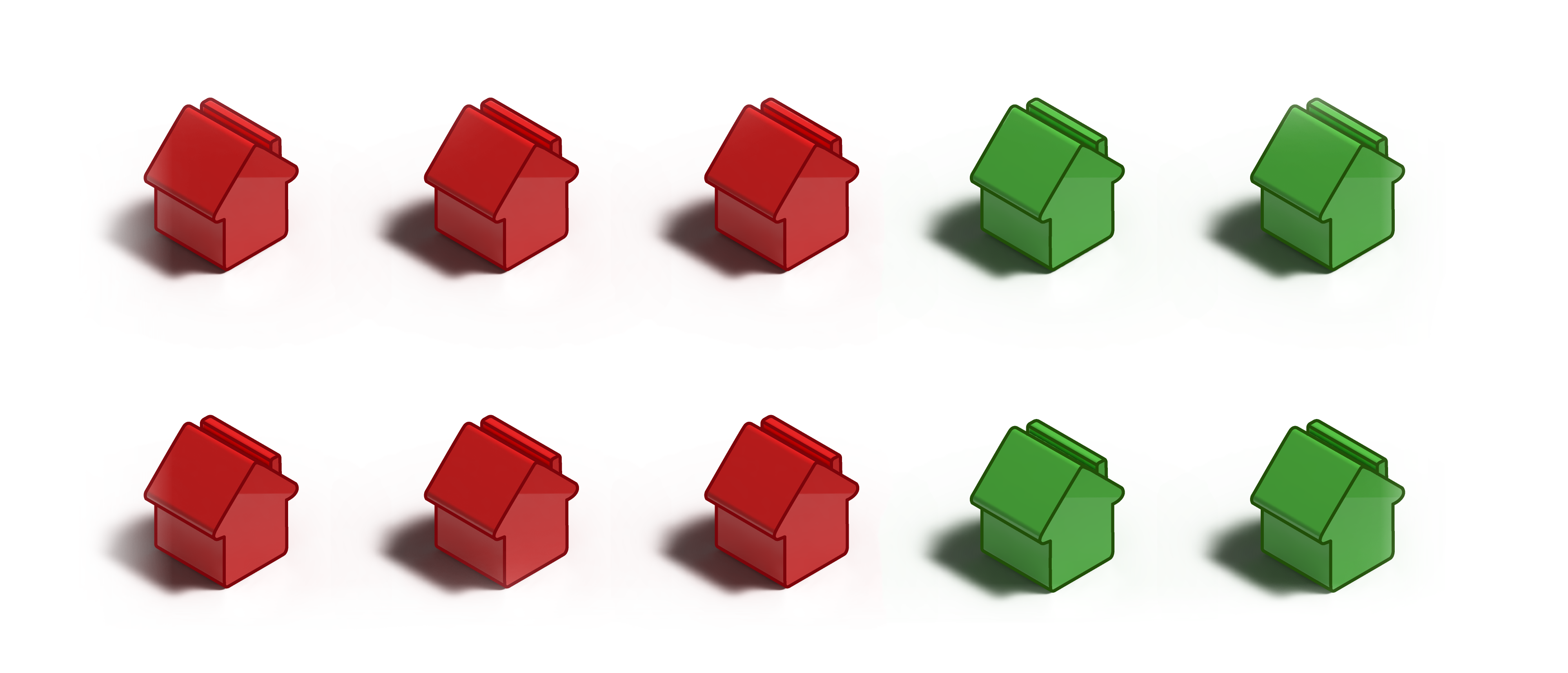
Today, 5G Is Shattering Cable’s Broadband Monopoly
%
of all net new broadband subscribers over the past three years chose 5G.
Source: S&P Global & investor releases
Thanks to 5G, and more than $300B invested by wireless companies in the past decade to expand these networks, Americans are dumping cable and flocking to 5G Home Broadband. For the past three years, 5G represented nearly all new broadband subscriptions. Today, 15% of the national broadband connections are on 5G fixed wireless. Why? Customers love competition. Some like the ease of installation (you don’t need to wait around for a 9 AM to 6 PM appointment window). Some like the speed that does everything they need. Some are just fed up and want to break up with the Cableopoly. All love having a choice.
Cable Net Broadband Adds By Quarter: 2020–2025
The Cableopolies were Wall Street darlings for years, taking virtually all new broadband customers. 5G Home changed all that. Cable started its influence campaign on spectrum policy right after cable started losing market share.
Source: S&P Global
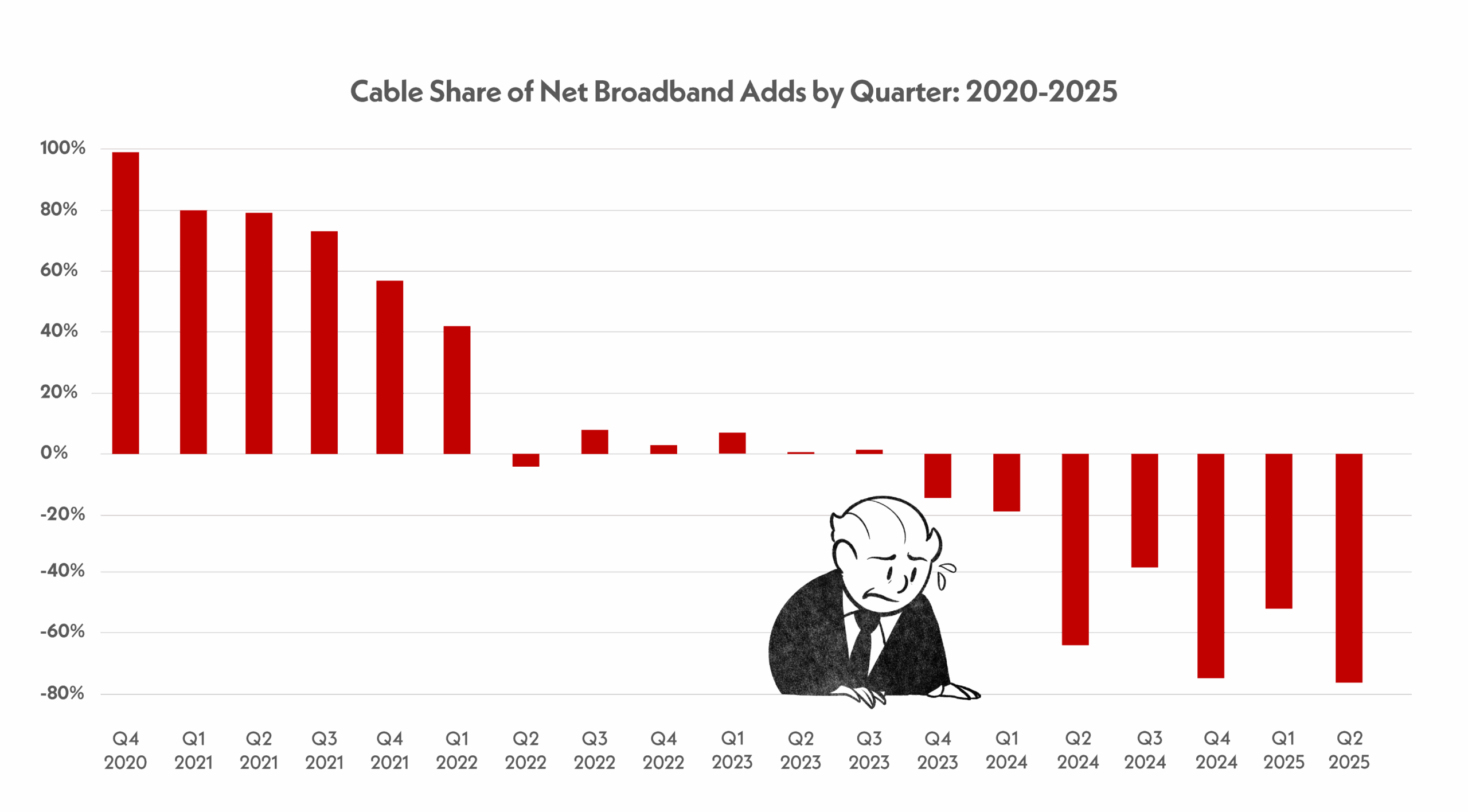
Cable Investors Do Not Like Competition
Wall Street has taken notice. After years of cable adding customers every quarter, they now see record losses. All thanks to 5G Home Broadband competition. Between January 2021 and January 2025, the four biggest publicly traded cable companies saw their Wall Street market capitalization decrease 70% on average. Cable’s response was not to promise investors better service. Or improve customer service. Instead, they take a turn from the monopoly playbook and try to throw their competitors out of the game. They tell Wall Street not to worry. The Cableopoly will be back soon and all will be normal. All we need to do is just prevent these pesky 5G companies from getting any more spectrum to provide service.
%
70% average market cap decrease of four biggest publicly traded cable companies (Comcast, Charter, Altice, Cable One)
Finding That Perfect Piece
Here is what real customers say about breaking up with the Cableopoly. For once, they felt like they could choose the broadband provider that was right for them. Select a game piece to see what else these customers have to say about finally leaving the Cableopoly behind.
“[T]he only thing that we have available in the area was cable internet, and it was only one company… It was just like, oh, you take us or you don’t have anything else… it’s a monopoly basically.”
“[H]ome internet with cable cost us about $120 a month. For the 5G Home Broadband we were 50 bucks a month, which cut our bill more than in half. So that’s amazing.”
“It’s important for 5G broadband internet to be offered to everyone, every city, everywhere because people deserve to have choices in life . . . They deserve to save money if that’s an option.”
“[Everyone] should have access to affordable at-home internet service. We shouldn’t be locked into just one option. We should have many options.”
“[T]he only thing that we have available in the area was cable internet, and it was only one company… It was just like, oh, you take us or you don’t have anything else… it’s a monopoly basically.”
“[H]ome internet with cable cost us about $120 a month. For the 5G Home Broadband we were 50 bucks a month, which cut our bill more than in half. So that’s amazing.”
“It’s important for 5G broadband internet to be offered to everyone, every city, everywhere because people deserve to have choices in life . . . They deserve to save money if that’s an option.”
“[Everyone] should have access to affordable at-home internet service. We shouldn’t be locked into just one option. We should have many options.”
Cable Responds By Preventing Competitor Access To Spectrum
After losing customers for the first time (and raising the ire of investors), cable launched a major influence campaign under the moniker, Spectrum for the Future, in 2022. This group’s mission is simple—block at every turn wireless companies gaining access to new spectrum needed to compete with the Cableopoly. They want to convince policymakers to starve 5G of the spectrum it needs to bring choice to more Americans.
Congress recently passed legislation calling on the FCC to repurpose at least 300 megahertz of non-federal spectrum for 5G use, opening the door to rethinking the CBRS and upper 6 GHz bands—among others—for wireless use. Cableopolists say they want to retain CBRS and 6 GHz spectrum. Yet cable tells investors it is “not in a rush” to use the CBRS it has, preferring to resell the wireless providers’ service without the cost of deployment. Drive tests show that to be true. In cities across the country, CBRS licenses owned by cable go 100% unused years after the auction.
4x
Cable companies have access to 4x more mid-band spectrum for unlicensed use than wireless has for 5G.
Charter brags to investors that they got effectively 3 times the spectrum as 5G did with C-Band for free with the 6 GHz Wi-Fi giveaway. They tell those same investors they have 1200 megahertz of empty Wi-Fi spectrum with no devices using it yet. Is it that they need more spectrum to serve consumers, or—more likely—to block competition?
The Cableopolists Continue To Sit On Their Unused CBRS Spectrum
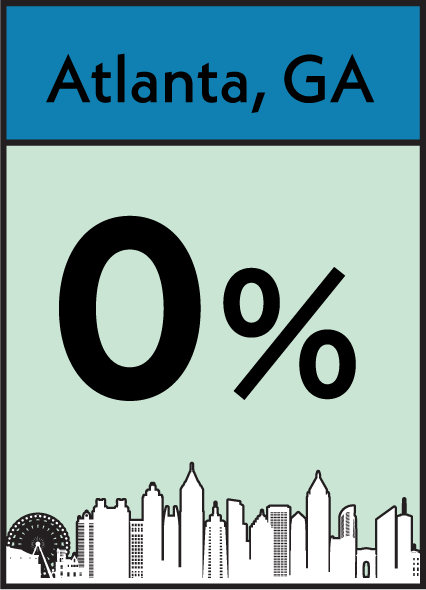
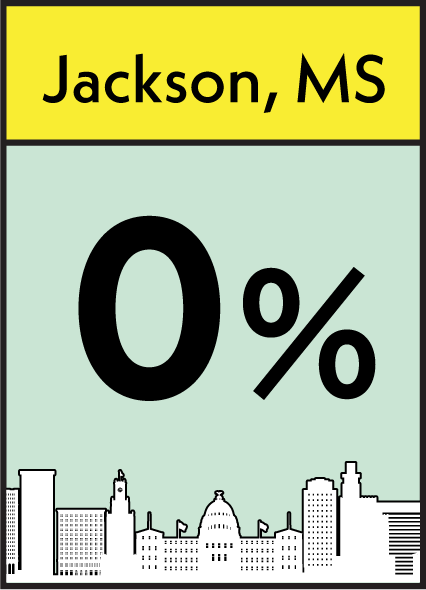
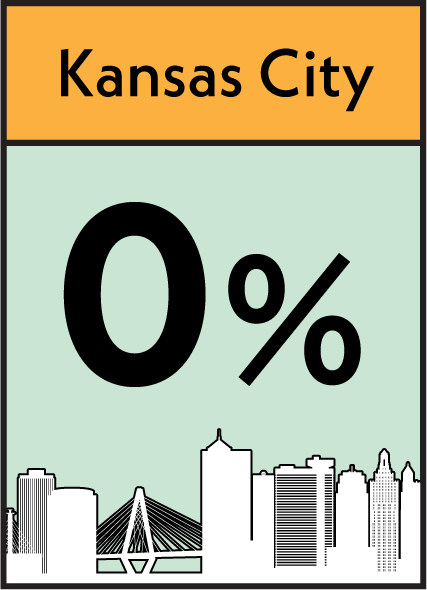
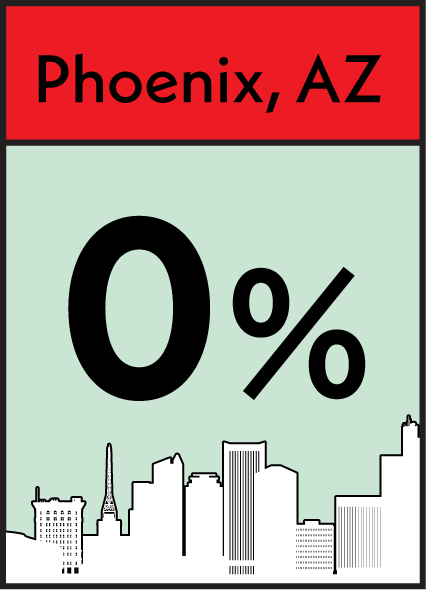
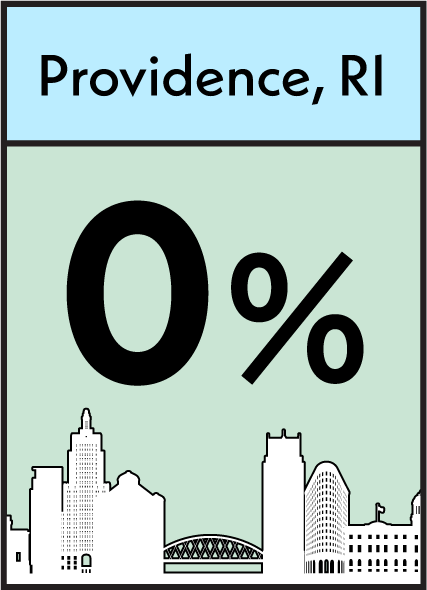
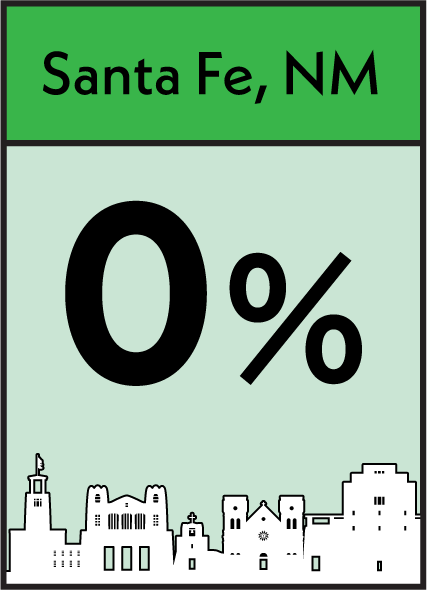
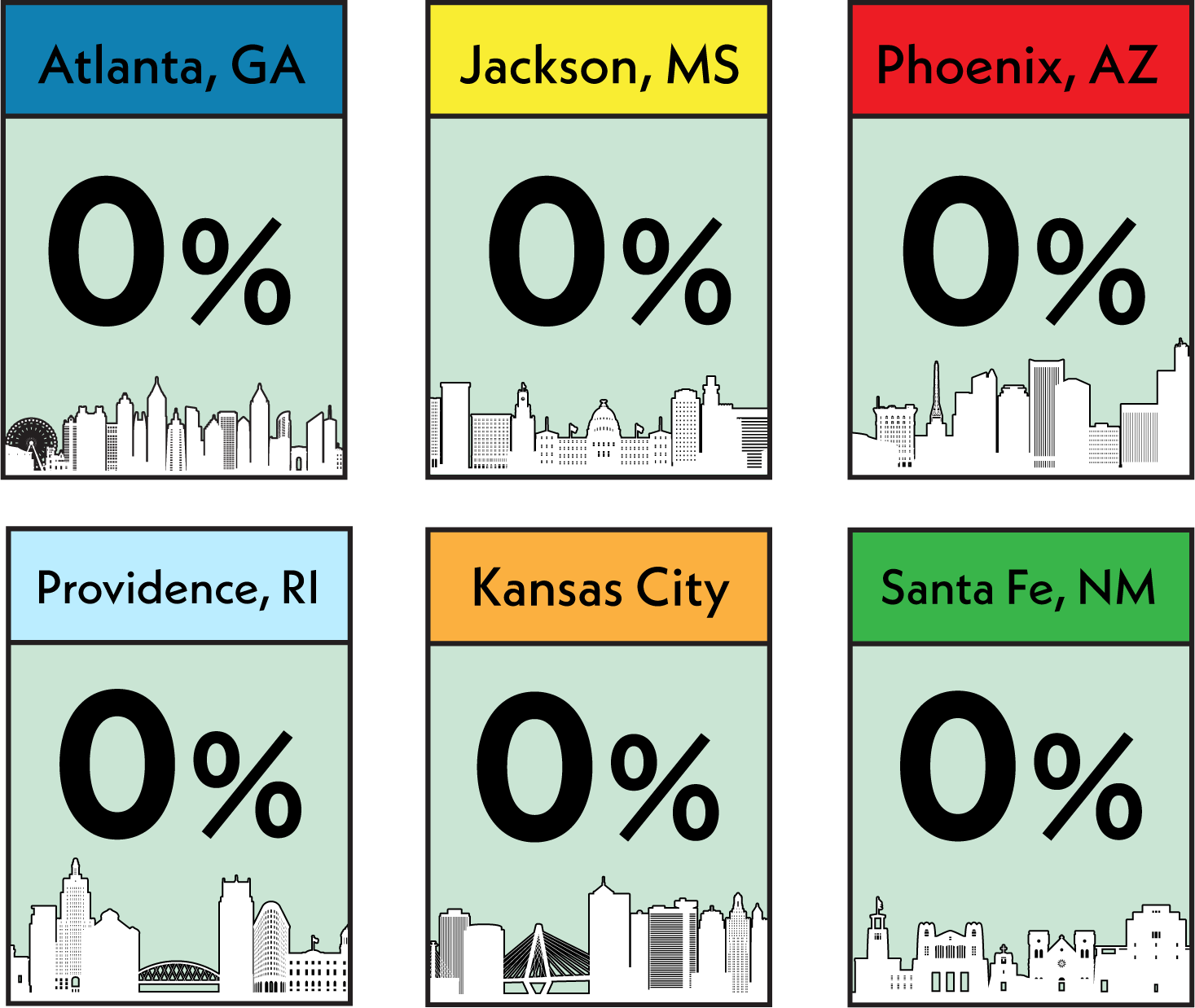
Source: CTIA drive tests of key metropolitan areas confirm cable has not deployed any CBRS spectrum, bought four years ago.
And Hoarding All The Spectrum It Can for Future Profit
While the Cableopoly works to restrict the supply of spectrum that could be used to compete against them, cable companies are also repeatedly warehousing and flipping spectrum that could be used to serve consumers. Cable has repeatedly chosen to sell spectrum at huge profits instead of investing in the infrastructure needed to deploy robust wireless service nationwide. While “unlikely to need” spectrum when they sell it, they still demand more at every turn.
It’s Time to End Cable’s Monopoly
To annoy your cable company, and ensure more Americans benefit from better service that come with real home broadband choice, America needs more full-power, licensed spectrum for 5G.

